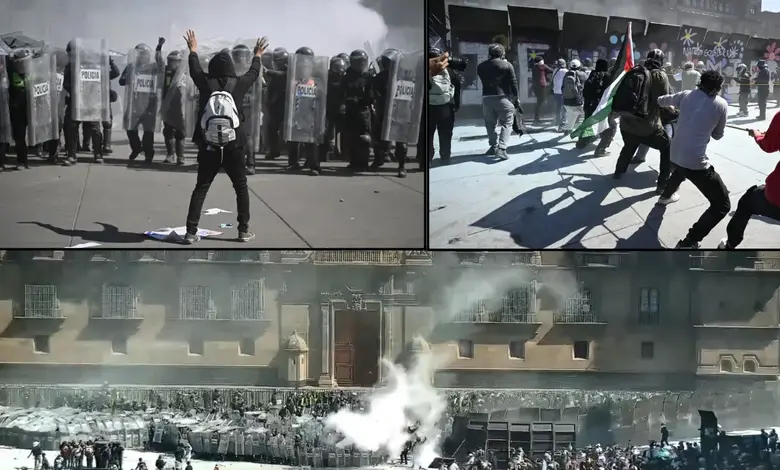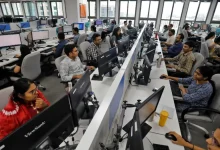Mexico’s Gen Z Storm the Streets Over Cartel Killings and Corruption

MEXICO CITY — In a surge of youthful defiance echoing recent uprisings in Nepal and Bangladesh, Mexico’s Generation Z has unleashed widespread protests against escalating crime, entrenched corruption, and official impunity. The demonstrations, marked by clouds of tear gas, defiant straw hats, and walls scrawled with urgent graffiti, erupted in mid-November 2025, drawing thousands to the streets in a bold challenge to the government.
The spark ignited with the brutal assassination of Uruapan Mayor Carlos Manzo, a vocal opponent of drug cartels whose killing exposed the deepening ties between organized crime and political power. Under the rallying cry of “Generation Z Mexico,” young activists mobilized a nationwide march through social media platforms, though reports from AFP indicate participants spanned multiple age groups, broadening the coalition’s reach.
At the heart of their outcry lies a stark manifesto circulated online, outlining demands for sweeping reforms: immediate steps to curb rampant violence, an end to corruption, and accountability for those shielding criminals. The protesters are pushing for judicial overhauls to restore public trust, enhanced security measures to protect citizens, and full transparency in governance. Topping their list is a recall referendum to oust President Claudia Sheinbaum, whose administration they accuse of failing to confront the crises head-on.
The unrest peaked on November 16 when crowds stormed the National Palace in Mexico City, clashing fiercely with security forces. Dramatic footage flooding social media captured helmeted police unleashing volleys of tear gas into throngs of protesters clad in signature straw hats—symbols of rural resilience and urban rebellion. Barricades crumbled under the pressure of the surging masses, while city walls bloomed with bold graffiti proclaiming “Justice Now,” “End Impunity,” and calls for Sheinbaum’s resignation, turning urban landscapes into canvases of collective rage.
The government’s response has been swift and skeptical. President Sheinbaum’s office dismissed the actions as anything but grassroots, asserting they are being fueled and possibly engineered by opposition parties and right-wing factions aiming to destabilize her leadership. In a proactive move, Sheinbaum directed authorities to scrutinize the social media profiles orchestrating the mobilization, probing for external influences amid the chaos.
The toll of the confrontations underscores the intensity: Mexico City security chief Pablo Vazquez reported that 100 officers sustained injuries, with 40 needing hospital care. An additional 20 civilians were hurt in the fray, highlighting the human cost of the standoff.
As these protests unfold, they signal a generational tipping point in Mexico, where disillusioned youth are no longer content with promises but demand tangible change. With echoes of global Gen Z movements, the question lingers: Will this pressure force reforms, or deepen the divide?




